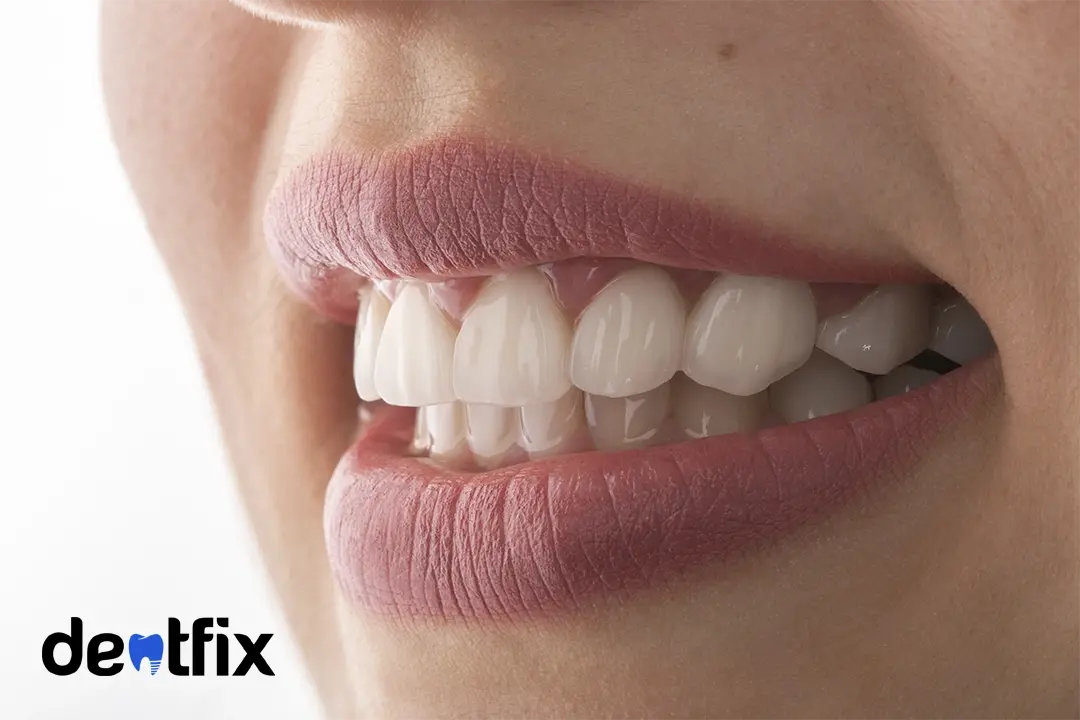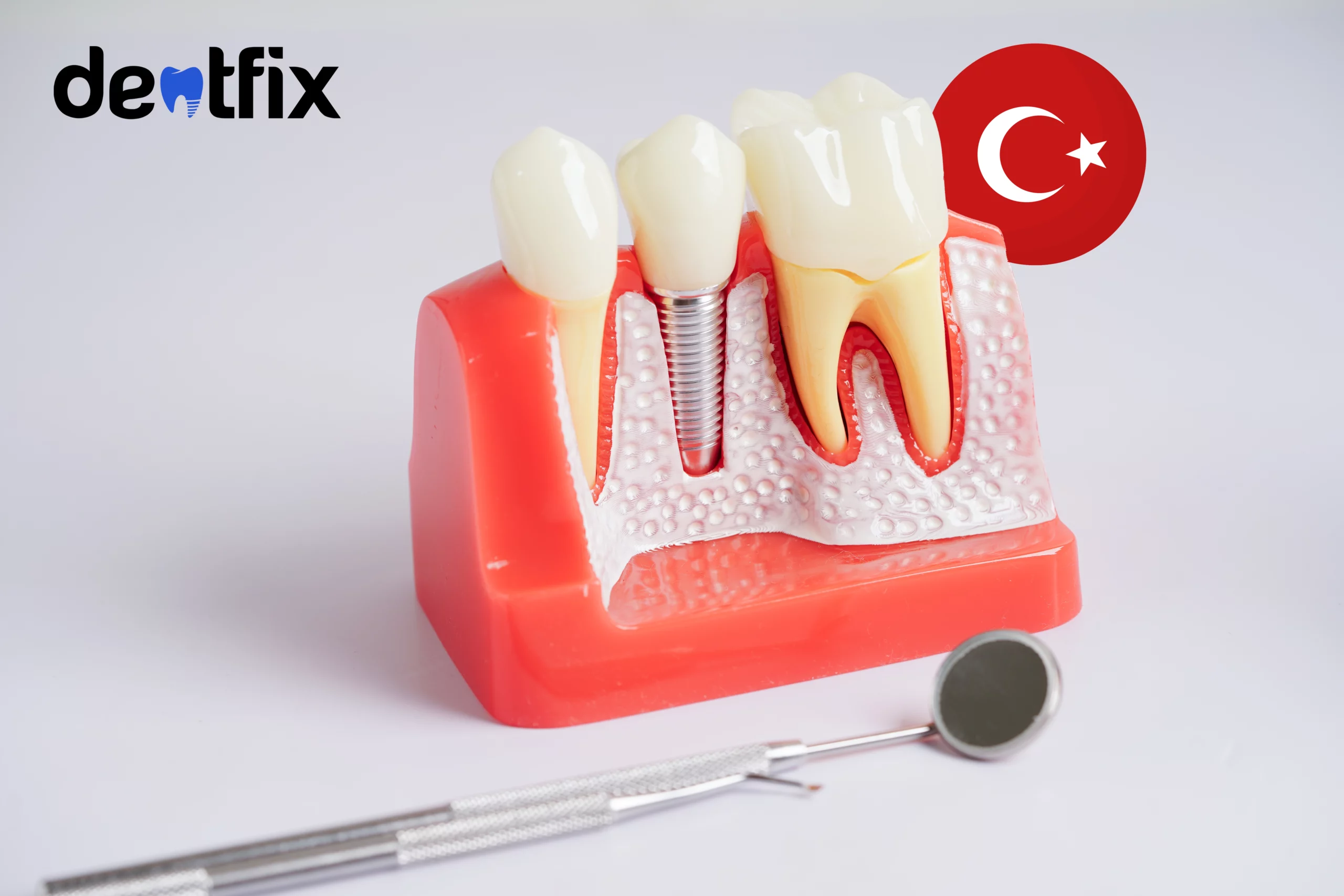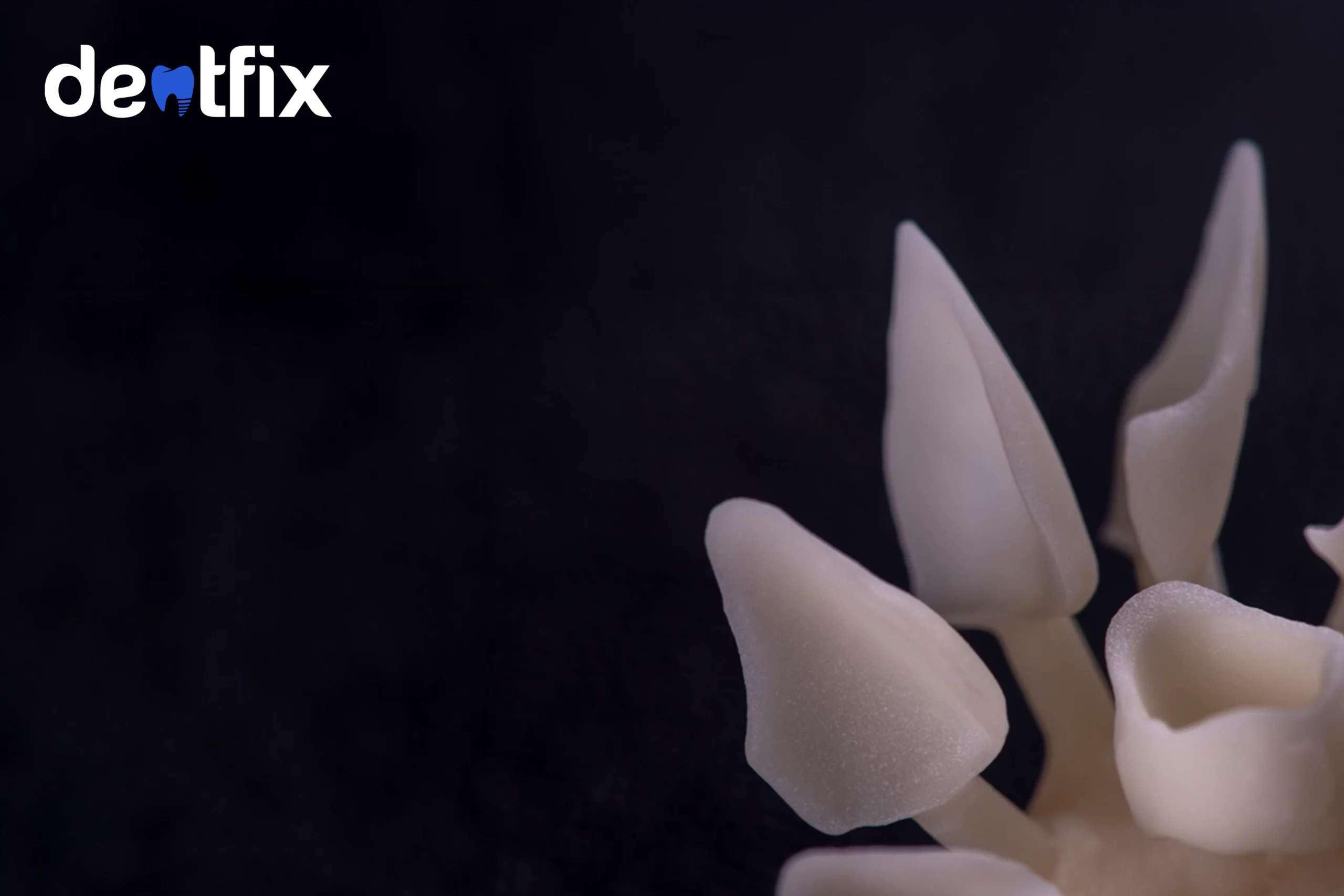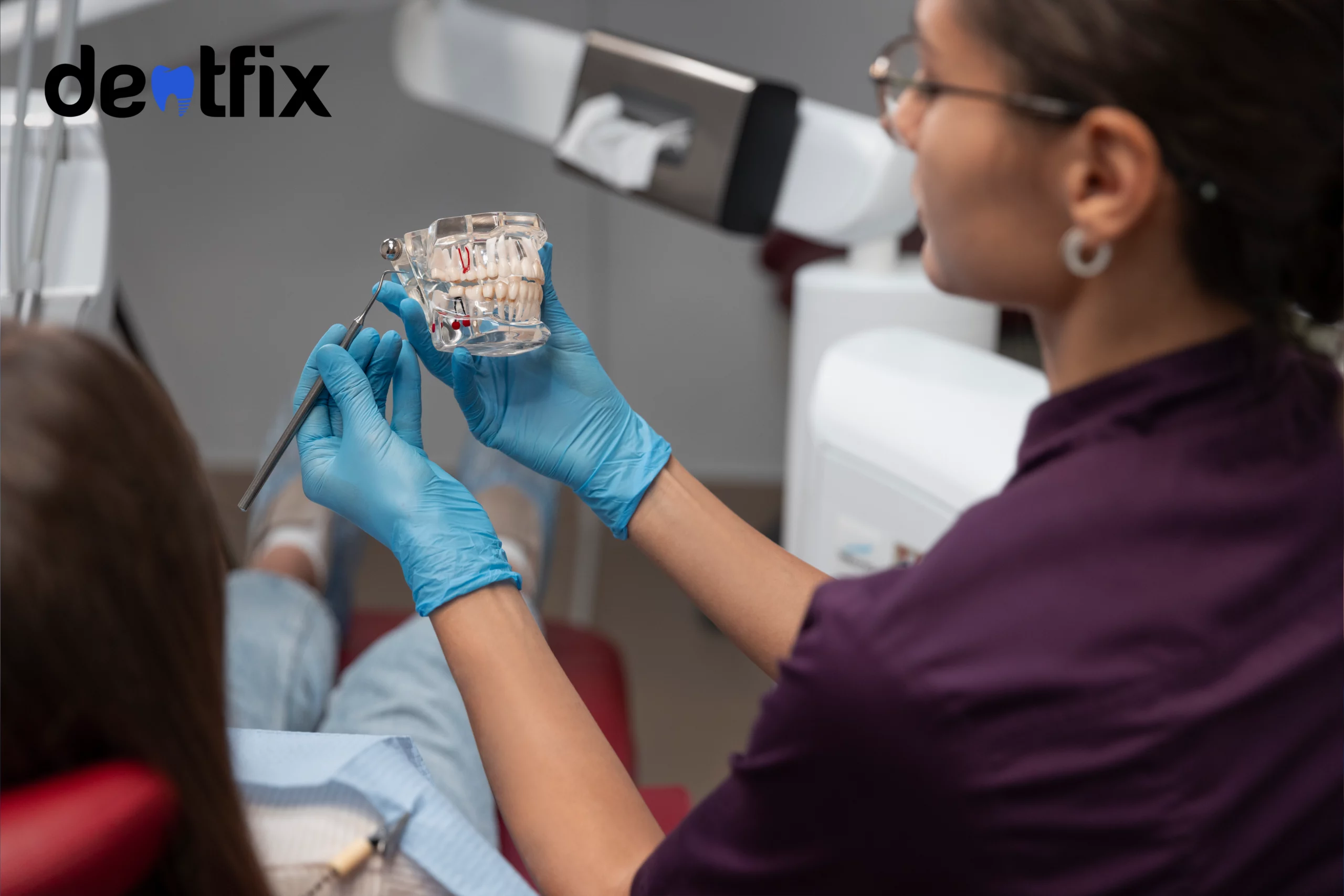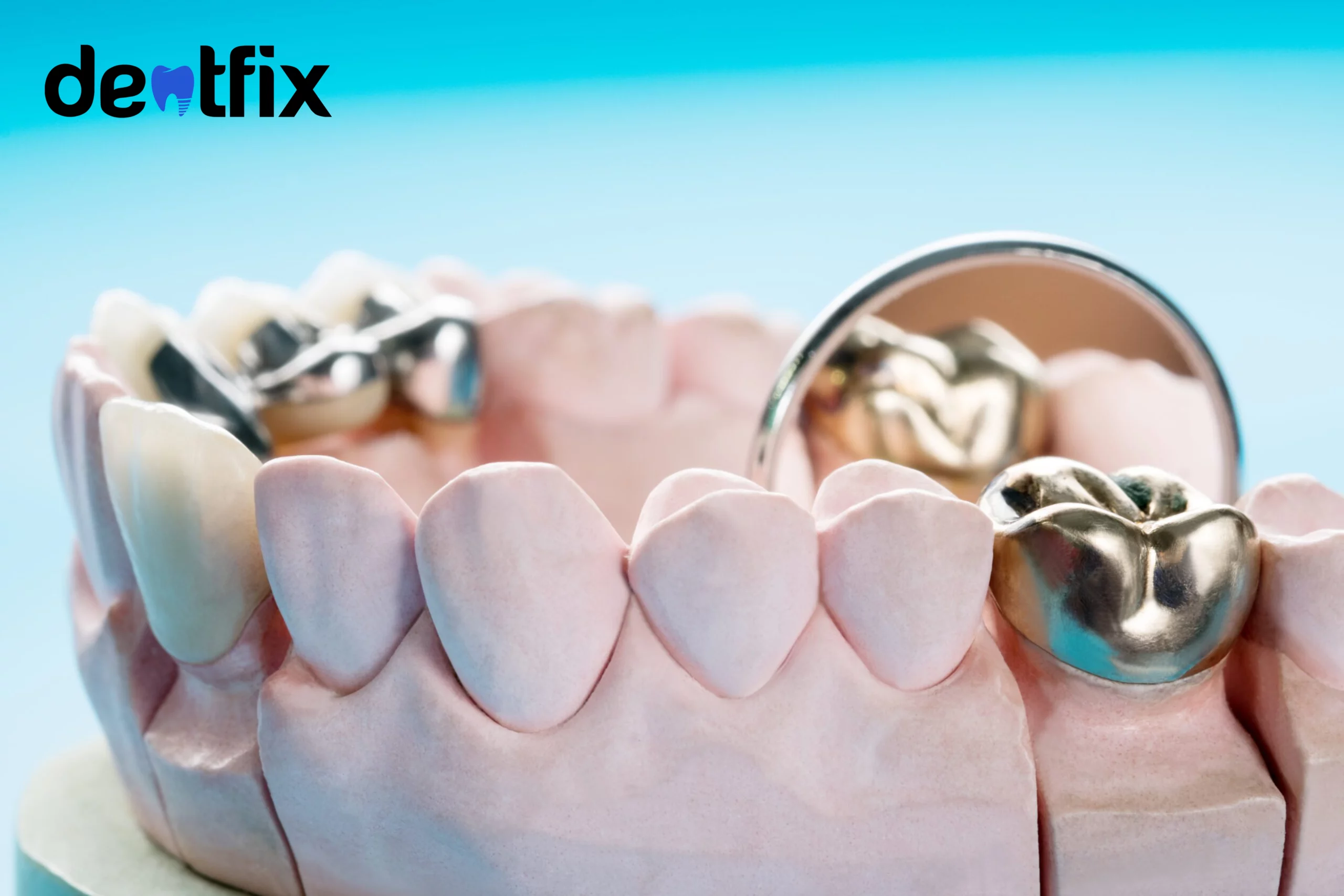Dental contouring is one of the fastest, most cost-effective and non-invasive procedures in dentistry. The procedure involves shaving the enamel to alter and improve the shape of teeth. If you face aesthetic dental flaws such as chips, cracks, stains, minor unevenness, etc., cosmetic contouring serves as a viable option. Also known as Enameloplasty or reshaping, requires proper examination before proceeding because sufficient enamel is mandatory. However, it is better to get in touch with your dentist first for an assessment of your teeth and whether you qualify as a candidate.
The following article explains the process of dental contouring, what it offers and what you can expect if you do go for it:
Dental contouring procedure and before and after
Dental contouring or tooth reshaping or in dentistry terms, enameloplasty, is a procedure to alter the shape of your teeth for an even and attractive smile. Enameloplasty involves removing enamel from the teeth to change their shape, especially the front incisors.
Contouring is essentially better for people who have minor flaws such as cracks, overlap, stains, marks, etc. that do not require invasive procedures.
Now we get into the details of the cosmetic treatment and things to know for better understanding:
- Dental Evaluation
- Teeth Marking
- Contouring/Shaping
- Dental Bonding
Dental evaluation
Before we get into the details of the process, it is important to get in touch with a qualified dentist. The standard practice before proceeding with dental contouring is to check the condition of the teeth. For this purpose, dentists run a couple of X-rays and thoroughly examine the teeth to be sure teeth are healthy. They check the amount of enamel present and if it is possible to reshape the teeth. If there’s not enough enamel, most likely your dentist will recommend veneers. This is why one of the most important requirements of contouring is to have enough enamel.
Teeth marking
After the dental examination, dentists mark and label your teeth also known to be precise with the shape. They scan the teeth digitally and make changes to the digital impression. Many dentists also execute this step manually and then start the contouring process. The patient’s discretion is also an important step at this point so that they can express what they want.
As per research, this process is highly useful for tooth alignment and bite correction at times. During the marking process, dentists focus on problematic areas with cosmetic issues such as cracks, stains, or marks. They use equipment such as orthodontic pens to label the teeth for accurate alterations.
Contouring/Shaping
After marking the problem areas on the teeth, dentists proceed to the shaping process. A thin layer of enamel is shaved with sanding instruments or a driller to avoid excessive pressure on the tooth. For example, if there is a stain on one of the incisors, dentists use a sanding disk gently to buff away the surface to get rid of the stain.
A lot of times, dentists prescribe the process before orthodontic treatments such as braces or aligners. Preparation is necessary before these treatments for achieving desired results. However, one can opt for this procedure without undergoing any orthodontic treatments. You can opt for contouring if you are someone with minor flaws stopping you from smiling confidently. In case your teeth do not match with the rest of the teeth and have jagged edges, this procedure works great to achieve uniform teeth. Sometimes people also want smaller teeth and contouring is a great non-invasive way of achieving them.
Here is a video guide on the process of dental contouring:
Source: Kurpis Advanced Dentistry/youtube
Dental composite or bonding
The final and the most important part of this process is to restore parts of the tooth from where the enamel is removed. For example, a patient with prominent dark stains on the incisors needs bonding to restore the tooth so that it looks natural.
Dental Bonding is a vital part of the contouring process, it is necessary because once the amounts of enamel are removed, the tooth tends to get vulnerable. Restoration of the tooth is also important for the health of the tooth and to avoid any dental dilemmas in the future. For a more natural look, it is made sure the bonding is in the same shade as the tooth.
How long does the procedure take?
The process of dental contouring is fairly short and simple. Normally it takes not more than 30 minutes but it also depends on the number of teeth that need contouring. Since it is a non-invasive procedure, it does not require anesthesia or any prep work. Therefore, the process is relatively short and pain-free without any complex procedures.
Pros and Cons of dental contouring
Tooth contouring is one of the options you can choose if you have odd-shaped and uneven teeth. However, there are still certain pros and cons of this procedure:
Benefits of tooth contouring
- Short and simple procedure: One of the biggest pros of contouring is that it is simple and a short procedure with a duration of not more than 30 minutes.
- Cost-Effective: Contouring is one of the fastest ways of achieving well-aligned teeth without paying a hefty amount.
- Non-invasive: Another important pro of contouring is that it is completely non-invasive. Dentists use a sanding disk or laser to change the shape and length of teeth.
- Oral Hygiene Improvement: If you have overlapping teeth there are higher chances of decay build-up because it is hard to clean them properly. Through contouring, it is possible to remove the enamel causing overlapping between the teeth. It not only makes the teeth more aligned but also improves overall oral hygiene and it gets easy to clean the teeth.
- Better-looking smile: Since the procedure aims to alter the shape of your teeth, it enhances your smile. It improves the contours of your teeth allowing them to look more aligned and straight. It is an easy and simple way of treating minor dental flaws such as cracks and stains.
Cons of dental contouring
- Sensitivity risk: Since a major part of contouring is to remove part of the tooth’s enamel, there is always a risk of oral sensitivity. Enamel is what protects our teeth from damage and infections. Therefore, it is important to choose a dentist who specializes in orthodontic treatments. Sensitivity also raises the risk of tooth decay and gum disease.
- Good for only minor changes: Contouring is suitable only for people with minor dental flaws such as minor cracks, stains, and overlapping teeth. More complex issues such as overbite and underbite, overcrowding cannot be treated with contouring.
- Not long-lasting: Although contouring is non-invasive and cost-effective if one ignores their oral health, it won’t last much.
Who is suitable for dental contouring?
Although contouring is a fast and non-invasive procedure, it is not suitable for everyone. A dental check-up or examination is necessary to understand a patient’s situation. Contouring is more suitable for mild and mostly aesthetic issues such as light stains, minimal overlap, cracks, and slightly uneven teeth. For complex issues such as severe overcrowding, receding gums, receding bone, loose teeth, etc. contouring is not an effective procedure. A qualified aesthetic dentist is vital because their expertise is crucial in acknowledging the right candidate for tooth reshaping.
How much is dental contouring?
Contouring is not a very complex procedure but since it involves removing enamel, proper expertise is important. If you have made up your mind about getting contouring, you must choose a qualified orthodontic specialist or cosmetic dentist. The cost of dental contouring differs from patient to patient condition but as per American Cosmetic Dentistry on average it lies between $50 to $500 per tooth. When comparing the price of contouring with other dental treatments, it is far less and one of the most affordable procedures available.
Possible side effects of dental contouring:
While contouring is a non-invasive and painless procedure, there are a few side effects. As you know by now contouring involves enamel removal to fix cosmetic flaws, irritation is a possible side effect. If the dentist removes excessive enamel, there are chances of oral sensitivity. Excessive enamel removal also creates problems in the long term, such as making teeth more vulnerable to decay and tartar build-up. Gum irritation also takes place due to excessive removal of enamel. In extreme cases, there are also chances of loose teeth and weak teeth due to contouring.
These are the queries we receive from our patients about dental contouring. You should know as much as possible if you are currently considering reshaping your teeth.
Is teeth contouring bad?
Dental contouring is an instant procedure to get even and aligned teeth but there are conflicting views about it at the same time. The procedure itself is not that intense but it involves removing a thin layer of enamel to file the teeth according to the desired shape.
Enamel is a protective layer on your teeth saving them from potential damage so when they are filed, teeth tend to get vulnerable. If the enamel gets too thin during the procedure, the tooth develops sensitivity issues. The risk of tooth decay also increases because the tooth gets weak if there is not enough enamel to protect it. Dentists usually give instructions on how to look after the contoured teeth after the procedure. They include brushing with less abrasive toothpaste as well as a toothbrush to avoid friction and harsh movements. The last thing you want after a contouring session is irritated teeth and gums. Therefore, if someone is currently considering tooth contouring, it is wise to keep these factors in mind.
How long does contouring last?
There is no hard and fast rule on how long contouring lasts for someone. It depends on multiple factors but one of the most important factors is your dental hygiene. If you are consistent and thorough with your oral hygiene regime, it prolongs the efficacy of the treatment. Follow basic dental hygiene habits such as regular brushing, flossing, and rinsing with mouthwash. Apart from these habits, make sure to visit your dentist every few weeks for a monthly examination of your teeth. Believe it or not but these simple habits make a huge difference in the improvement of your oral health.
Does dental contouring hurt?
Teeth reshaping or filing or contouring is one of the least invasive procedures in dentistry. Dentists perform it every day without anesthesia so it is fairly pain-free. You may feel slight discomfort but for the most part, it is painless. Moreover, it does not take long hours to perform so it enhances your smile within a matter of minutes.
How to have healthy teeth after contouring
Teeth contouring is a non-invasive dental technique for fixing minor dental issues. These issues include cracks, pointy canines, stains as well as slightly overlapping teeth. This dental treatment has temporary results if you do not take care of your teeth in the long run.
The way to maintain your oral health is crucial to maximizing the efficacy of reshaping. Basic oral hygiene including regular brushing after meals, rinsing, flossing is crucial in maintaining your dental hygiene after the treatment. It certainly helps in prolonging any treatment including contouring. Apart from the basic regime, regular visits to your dentist also play a huge role in the maintenance of your dental health. Deep cleaning as well as polishing improve the appearance and also boost the health of your teeth. Moreover, our dentists also recommend getting a soft-bristled toothbrush and non-abrasive toothpaste to avoid harming teeth by harsh brushing and abrasive chemicals.
Success rate of dental reshaping
According to research, filing or reshaping teeth and building them up with composite serves as a great alternative to veneers and lab-made crowns. The study also shows a functional survival rate of 84.6% after 5 years. There were no reports of complete loss and the clinical quality was rated as excellent or good. The study justifies the acceptance of contouring or reshaping as a successful aesthetic correction treatment.
Another study indicates that contouring is successful in softening the incisal edges flawing a smile. The experiment shows that aesthetic contouring leads to a softer-looking smile. It also concludes that cosmetic reshaping of teeth is an effective alternative to veneers and crowns. Therefore, it is something worth looking into if you want a non-invasive yet affordable way of reshaping your teeth.
Dental contouring after and before braces
Reshaping or filing are some of the other terms used for dental contouring. In orthodontic dentistry, contouring or shaving is a common practice to make minor changes before and after braces. Dentists make minor alterations to the teeth before and after braces. They file the teeth to get the best results from the orthodontic treatment.
There is no anesthesia during the procedure and dentists follow the standard procedure. Sometimes dentists also file the teeth before the placement of braces or Invisalign to make space for the teeth to move. It is slightly uncomfortable for the patient but the feeling subsides after a while and the braces are put in place.
Does contouring also include whitening?
Dental whitening is a completely different process and sometimes if there is a lot of discoloration, dentists include it with contouring. The main idea is to make the teeth look straight and clean. If there are stains on your teeth, whitening or cleaning is a great way of getting rid of them. If you get contouring and the dentist also recommends whitening after the procedure, it further improves the appearance of your teeth. There are many treatments targeting the aesthetic appearance of teeth and they include filing, bonding, and cleaning/whitening. A lot of times, dentists also send patients with at-home whitening kits but that only works as a temporary fix.
Conclusion
Dental contouring is one of the swiftest ways of getting instantly enhanced and straight teeth. It is also one of the more affordable procedures in dentistry today. However, it is important to choose a professional dentist with expertise in cosmetic dentistry. We say this because contouring is an intricate process that requires attention to detail. While saying this, dentists also believe that this procedure is not for everyone – it is more suitable for people seeking minor adjustments. For instance, if you have minor cracks, overlapping, or pointed canine teeth, contouring files them in a way that they look aligned and straight.
References:
Pontons-Melo JC, Garcia IM, Vargas M, Collares FM. Bio-additive and enameloplasty technique for restoring anterior esthetics: 54-month clinical follow-up. Quintessence Int. 2020;51(8):622-629.
Livas C, Jongsma AC, Ren Y. Enamel reduction techniques in orthodontics: a literature review. Open Dent J. 2013;7:146-151. Published 2013 Oct 31.
Google Books. 2022. Ronald E. Goldstein’s Esthetics in Dentistry. [online] Available at: link here
Frese C, Schiller P, Staehle HJ, Wolff D. Recontouring teeth and closing diastemas with direct composite buildups: a 5-year follow-up. J Dent. 2013;41(11):979-985
